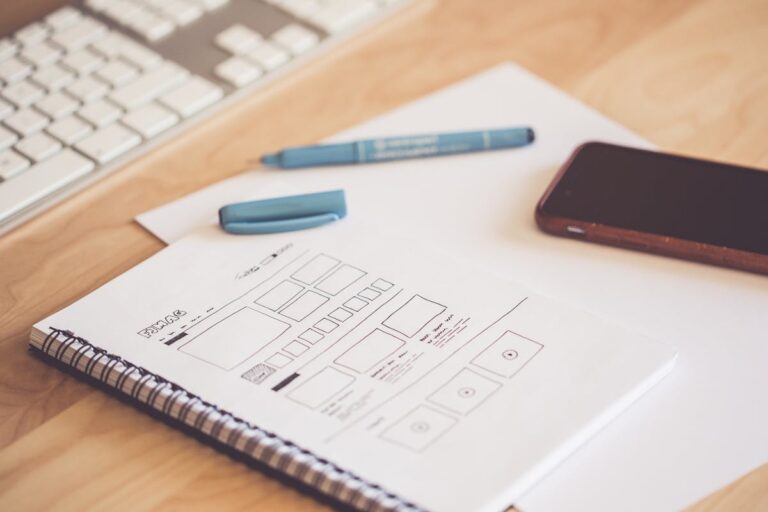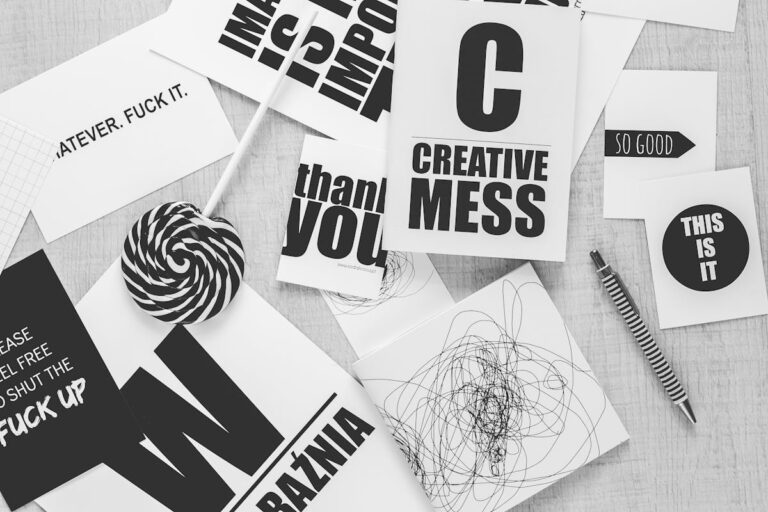Smart Tools for Smart Creators ✅
Visual design is one of the most powerful tools a brand can use. The way your website, logo, or social media feed looks isn’t just decoration—it’s communication. It signals who you are, what you value, and how you want people to feel when they interact with your brand.
Among all the design approaches that dominate today, two stand on opposite ends of the spectrum: minimalism and maximalism. While one thrives on simplicity, the other celebrates abundance. Brands often feel torn between the two—wondering which one will work best for them.
The truth is, there isn’t a single right answer. The decision depends on your goals, your audience, and your brand’s personality. Let’s break it down.
What Is Minimalism in Visual Design?
Minimalism is about subtraction. It relies on clarity, space, and essentials. A minimalist design pares down elements to create focus and eliminate distraction.
- Key traits: clean lines, ample white space, limited color palettes, simple typography.
- Brand effect: communicates sophistication, trust, and calm.
- Examples: Apple’s product pages, luxury skincare brands, and tech startups that want to look sleek and modern.
Minimalism works because it doesn’t compete for attention. It gives breathing room to the content that matters most—whether that’s a product image, a call-to-action, or a piece of messaging.
What Is Maximalism in Visual Design?
Maximalism flips the script. It thrives on abundance, color, and boldness. Rather than stripping things away, it layers them to create impact.
- Key traits: bold colors, rich textures, complex patterns, expressive typography.
- Brand effect: communicates creativity, energy, and uniqueness.
- Examples: fashion brands like Gucci, lifestyle brands targeting Gen Z, and artists who want to leave a loud, unforgettable impression.
Maximalism works because it’s memorable. It stands out in a crowded feed where minimal designs can blur together. It tells your audience you’re not afraid to take up space.
How to Know Which Style Fits Your Brand
Here’s a framework to decide:
- Audience – Who are you speaking to? A minimalist style often appeals to professionals, luxury buyers, and audiences looking for sophistication. Maximalism, on the other hand, clicks with younger, expressive, and bold consumers.
- Message – What’s the core emotion you want to trigger? Minimalism evokes calm and control. Maximalism evokes energy and individuality.
- Context – Where will your design live? A clean website layout might work better in minimalism, while a loud campaign landing page could thrive with maximalism.
- Longevity – Minimalist designs often age more gracefully. Maximalist designs, though trend-driven at times, can deliver huge cultural impact in shorter bursts.
Can You Mix the Two?
Absolutely. Some of the strongest brands today blend the clarity of minimalism with the vibrancy of maximalism. For example:
- A minimalist website layout paired with bold, maximalist illustrations.
- A maximalist campaign on social media while keeping the main brand identity minimalist.
- Minimalist product design with maximalist packaging to spark curiosity.
Mixing styles allows you to adapt without locking yourself into one extreme.
How Trends Influence the Choice
Design doesn’t exist in a vacuum—it follows cultural shifts. Minimalism rose during the tech boom because it reflected efficiency and innovation. Maximalism gained steam recently as a reaction to oversimplification and the need for personality in a crowded digital world.
Your brand doesn’t need to chase every trend. Instead, think about which design philosophy aligns with your long-term identity while staying flexible enough to experiment.
The Real Goal Behind the Choice
At the end of it all, your choice between minimalism and maximalism isn’t about right or wrong—it’s about resonance. Minimalism brings calm, clarity, and precision. Maximalism brings richness, energy, and a flood of personality. Neither is inherently better. What matters is how honestly your brand shows up through design.
If your audience feels a connection, if your visuals leave an impression, you’ve already chosen well. And remember—brands aren’t static. The style that fits today might grow into something different tomorrow. That’s not inconsistency—it’s evolution.
So whether you strip things down to the essentials or layer them with detail, the real goal is the same: to create visuals that people remember and trust.
Smart Ideas, Straight to You
Subscribe for free updates — posts, tools, and strategies to help you create smarter and grow faster.


